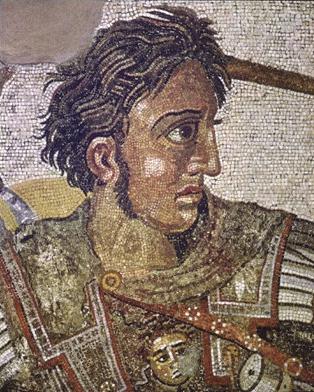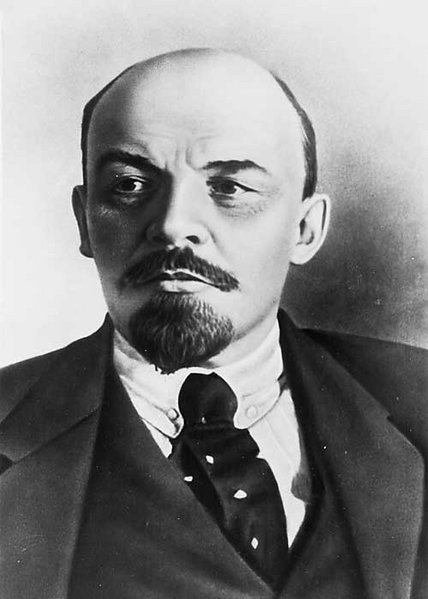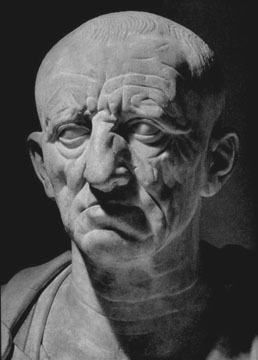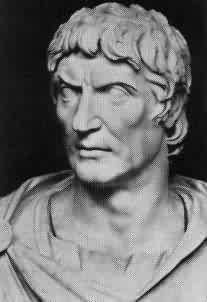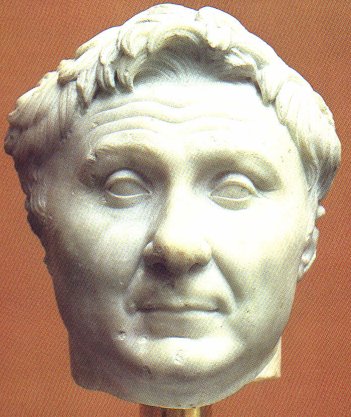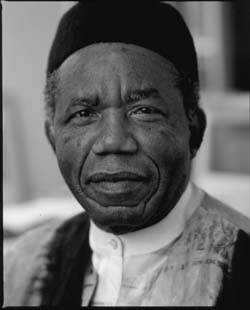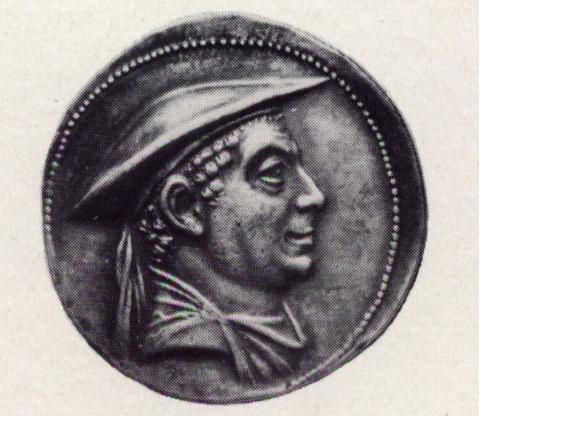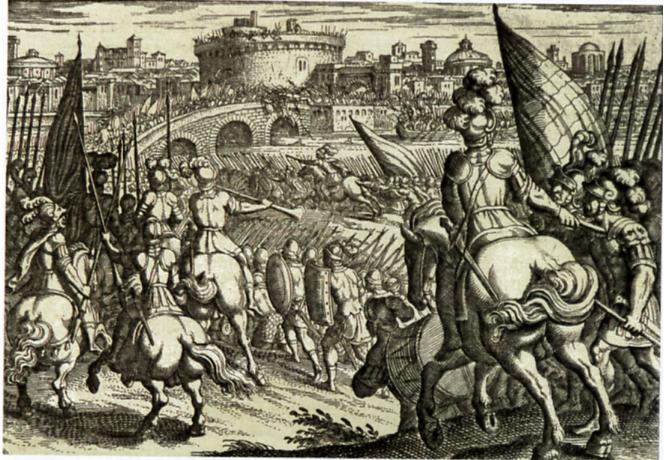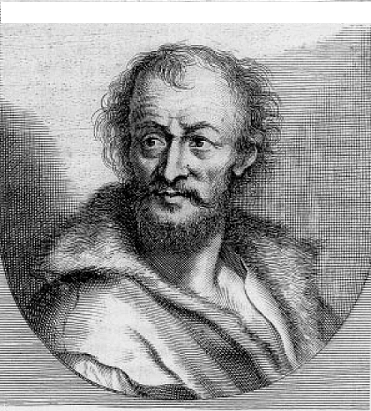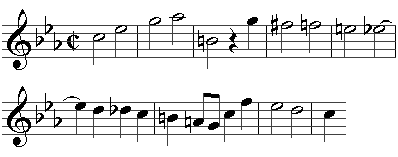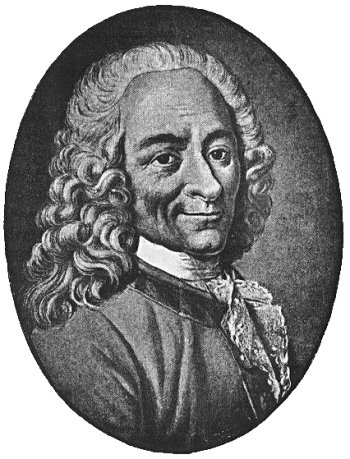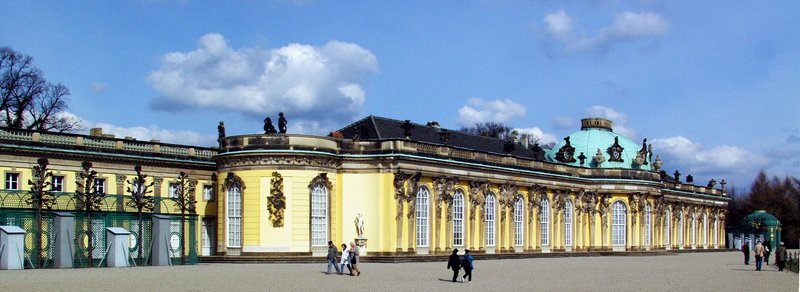7. Which famous literary work is the following extract taken from (3 points):
[…] hath set the olifant to his mouth,
He grasps it well, and with great virtue sounds.
High are those peaks, afar it rings and loud,
Thirty great leagues they hear its echoes mount.
So Charles heard, and all his comrades round;
Then said that King: "Battle they do, our counts!"
And Guenelun answered, contrarious:
"That were a lie, in any other mouth."
In which language (1 point) and century (1 point) was it originally composed? In which century (1 point) and where (broadly speaking) (1 point) do most of the events it describes (including this one) take place?
8. A very old game: true or false. It hasn’t cropped up in history quizzes for a while though, so let’s have a go. Below I will present five statements. Simply say if each one is true or false. 5 points if you get all right, 3 points if you four right, and 1.5 points if you get three correct.
a) Cyrus the Great is called a “messiah” in the Bible.
b) One of the official titles Ugandan dictator Idi Amin granted himself was “King of Scotland”.
c) Pope John Paul II never forgave his would-be assasin Ali Agca
d) Juan Sebastián Elcano was the first man to circumnavigate the globe.
e) This coin of himself was issued by an extremely wealthy 17th century Dutch businessman.
9. This copperplate engraving is from the 17th century, and it depicts an event which took place long before. As is usual in the past, knowledge about previous more ancient history was often very limited. One obvious deficit is the attire of the soldiers, which looks fairly contemporary to the artist’s time, and not to the time of the event.
We can see an army crossing a river to enter a city. The army has just won a famous battle not far from the city itself, which would go down as one of the most ignominious defeats in the history of the defeated nation. What was the name of that battle (3 points)? Who is the leader of the army (1 point)? What is the name of the city being entered (1 point)? A major historical error on the engraving is that we see a building which was built around 500 years after the event. What is its name (2 points)?
Bonus: The engraver himself is depicted below. What is his name (2 points)?
10. Which surviving 2nd millenium BC epic poem is around four times longer than the Bible? (4 points)
11. Which famous person is connected to the following pictures (4 points)? (Should be solvable!) What is the name of the musical theme in picture one (1 point) and what is the story associated with it (2 points)? Identify the person in the second and third picture (2 x 1 point) and the place in the fourth picture (1 point).
12. In the Middle Ages I became known as the “Cicero Medicinorum”, the Cicero of physicians, thanks to my elegant style. This man thought he surpassed me and changed his name accordingly:
What was my name? (3 points) What was the original name of the depicted man before he changed it? (2 points)
13. Name the following three composers (3 x 1 point) and the year in question (1 point) as well as the city mentioned by Composer 3 (1 point):
All: The three of us are famous composers and were born in the same year.
Composer 1: A famous statement of mine: “The aim and final reason of all music should be nothing else but the Glory of God and the refreshment of the spirit.” I admired Composer 2, but we never met, even though we almost did once, having been only 30 km apart.
Composer 2: One of my most famoust famous pieces premiered on a barge.
Composer 3: I was born in the same ancient city as the philosopher Giambattista Vico was born and died. My father was a similarly acclaimed composer, although today we are both not as famous as Composers 1 and 2. The story goes that at a trial of skill with Composer 2 I was adjudged superior to him on the harpsichord, although inferior on the organ. Later in life, I was known to cross myself in veneration, when speaking of Composer 2’s skill. Not many of my works were published in my lifetime, but amongst them is a collection of 30 exercises, perhaps my most well-known work.
 from me this time. I couldn't have milked a single further point out of this quiz. Very interesting explanation of the "mad as a hatter" phrase!
from me this time. I couldn't have milked a single further point out of this quiz. Very interesting explanation of the "mad as a hatter" phrase! from me this time. I couldn't have milked a single further point out of this quiz. Very interesting explanation of the "mad as a hatter" phrase!
from me this time. I couldn't have milked a single further point out of this quiz. Very interesting explanation of the "mad as a hatter" phrase!
 A few points:
A few points: )
)


 After frequent visits on OT, I start to confuse left and right.
After frequent visits on OT, I start to confuse left and right.
 I'm not sure if you will be able to avoid banging your heads against walls when you've done my quiz. I intend to make mine just hard/easy enough for you not to get the answers and then say "Argh, I knew that one!"
I'm not sure if you will be able to avoid banging your heads against walls when you've done my quiz. I intend to make mine just hard/easy enough for you not to get the answers and then say "Argh, I knew that one!" 
 )
)